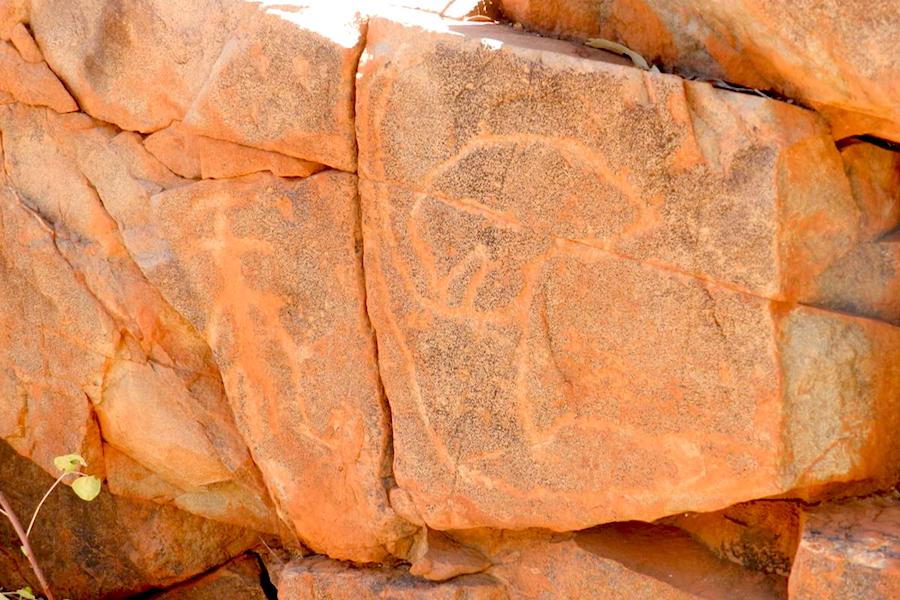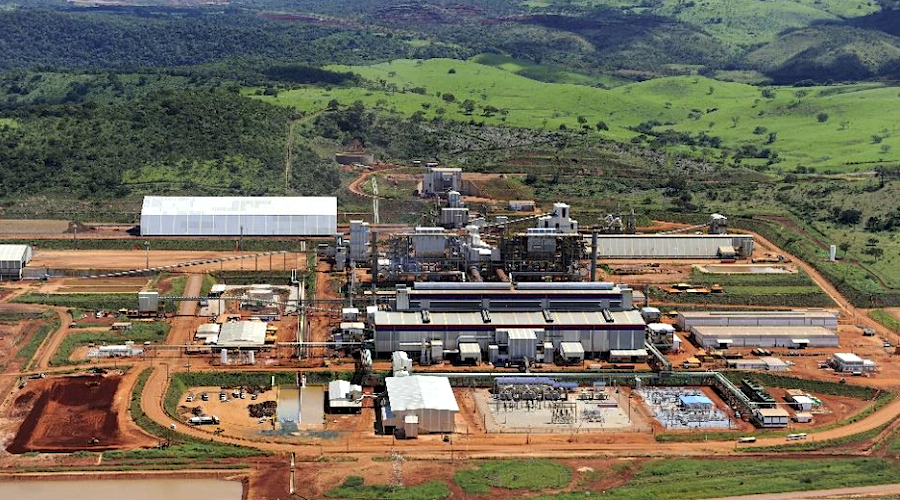Rio Tinto launches review into sacred caves blast

Rio Tinto on Friday launched a board-led review into how the miner destroyed two ancient and sacred Aboriginal caves in Western Australia, stepping up its response to the blasts after weeks of public criticism and shareholder dismay.
In his first comments since the caves were destroyed in late May, Rio Tinto Chairman Simon Thompson apologised to present day traditional owners of the land and pledged to make public the review’s findings, due in October.
With state government approval, the world’s biggest iron ore miner destroyed two caves at Juukan Gorge, one of which had contained evidence of continual human habitation stretching back 46,000 years, as part of a mine expansion.
Rio’s initial response came from its head of iron ore, Chris Salisbury, who characterised the incident as the result of a communication error and apologised for the distress that it had caused land owners, but not for the caves’ destruction.
Rio appeared to have initially underestimated the gravity of the destruction of the caves, which archaeologists said were of immense value due an unbroken link in human habitation since before the last ice age
“The decision to conduct a board-led review of events at Juukan Gorge reflects our determination to learn lessons from what happened and to make any necessary improvements to our heritage processes and governance,” Thompson said on Friday.
The review will be conducted by Michael L’Estrange, an independent non-executive director of Rio Tinto, and will seek input from employees and the local Puutu Kunti Kurrama and Pinikura people (PKKP).
Investors said Rio Tinto appeared to have initially underestimated the gravity of the destruction of the caves, which archaeologists said were of immense value due an unbroken link in human habitation since before the last ice age.
“I would say (their response) has been very poor,” said a Melbourne-based investor in the company, who declined to be named as the matter was sensitive.
Investors noted Chief Executive Jean-Sébastien Jacques waited more than a fortnight to directly address the matter, while then BHP Chief Executive Andrew Mackenzie fronted investors within hours of the Samarco dam disaster in Brazil.
“We were disappointed that the company presented the incident as a misunderstanding rather than a grave error of judgement,” said a top-20 investor in the company’s London listing, who declined to be named because the issue is sensitive.
“We believe this will have serious ramifications for Rio’s future community support for its mining activities.”
The new review will focus on events at Juukan Gorge to assess Rio Tinto’s internal heritage standards, procedures, reporting and governance, as well as examining the company’s relationship and communications with the PKKP.
Rio said the review would complement and inform the company’s cooperation with an Australian federal parliamentary inquiry into the destruction of the caves, which is due to report by Sept. 30.
Western Australia state is also reviewing its Aboriginal Heritage Act, which allows companies to destroy sacred sites “where land users conclude that impact to a site is unavoidable,” and doesn’t allow traditional owners right of appeal.
Activist investor, the Australasian Centre for Corporate Responsibility, said investors were also interested in broader executive accountability at Rio Tinto, after a restructure in 2014 in which line responsibility for communities was moved from operations in Perth to corporate affairs in London.
“I think investors have zoned in on that as a problem,” said the centre’s executive director Brynn O’Brien.
(By Melanie Burton, Jonathan Barrett, Simon Jessop and Shashwat Awasthi; Editing by Kenneth Maxwell and Richard Pullin)
More News
{{ commodity.name }}
{{ post.title }}
{{ post.date }}




Comments